
In the cutthroat world of Hollywood, where dreams are chased with millions of dollars and careers are built on a precarious foundation of critical acclaim and box office receipts, there’s an undeniable truth: it takes only one movie to launch a career and only one movie to destroy careers. For directors, this reality is even more stark and unforgiving. They are the captains of these colossal cinematic ships, shouldering not just the artistic vision but also the immense financial risk and the livelihoods of countless crew members and actors. The weight of expectation is immense, and the fall, when it comes, can be cataclysmic.
Indeed, a single misstep can unravel years of carefully built success, tarnishing a once-shining reputation and slamming the brakes on a promising trajectory. When a film goes ‘south’—whether it’s mauled by critics, rejected by audiences, or both—the blame often, and perhaps unfairly, lands squarely on the director’s shoulders. They become the primary scapegoat, the face of failure for a project that, despite being a collaboration of hundreds, often becomes synonymous with their name in defeat.
This list dives deep into some of the most dramatic instances where a singular box office flop didn’t just dent a director’s career but seemingly obliterated it entirely. We’re not just talking about minor setbacks; these are the cinematic disasters that served as a career-ending “lynchpin,” sending once-lauded filmmakers into a void from which many never truly returned. Prepare to explore the tragic tales of talent, ambition, and the one bad roll of the dice that changed everything.

1. John McTiernan – Rollerball (2002)
John McTiernan was once a name synonymous with high-octane, intelligent action-thrillers. His filmography boasts genuine classics that redefined the genre, including the seminal ‘Die Hard,’ the terrifyingly effective ‘Predator,’ the explosive ‘Die Hard with a Vengeance,’ and his compelling first adaptation, ‘The Hunt for Red October.’ What made McTiernan stand out was his unique sensibility; he often penned the screenplays for his movies, demonstrating an innate understanding of script nuances and how to translate them into breathtaking on-screen spectacles.
Even a director of McTiernan’s caliber wasn’t immune to minor wobbles. He faced some serious setbacks with ‘The 13th Warrior’ and ‘The Thomas Crown Affair,’ which, while not outright disasters, certainly didn’t hit the soaring heights of his earlier triumphs. However, these were mere tremors before the earthquake. It was the 2002 remake of ‘Rollerball’ that truly became the “lynchpin,” the single, unmitigated disaster that brought his illustrious career to a screeching halt.
‘Rollerball,’ a remake of the 1972 original, was an absolute catastrophe by almost every measurable metric. On a substantial budget of $70 million, the movie limped its way to a paltry $26 million at the box office. This wasn’t just a flop; it was a resounding rejection by audiences and critics alike, a cinematic trainwreck that left an indelible stain on McTiernan’s impeccable record. The fallout was immediate and severe, fundamentally altering his professional life.
The repercussions for McTiernan were drastic: he hasn’t directed a feature film since ‘Rollerball.’ This single, ill-fated project effectively ended the directing career of a man who once crafted some of the most beloved action movies in history. While fans, ourselves included, still harbor hopes of a grand return, perhaps even in the form of a new ‘Die Hard’ movie, the silence from the director’s chair remains deafening, a poignant reminder of ‘Rollerball’s’ devastating impact.

2. Tod Browning – Freaks (1932)
Tod Browning represents a fascinating case study in directorial versatility and the brutal caprice of public taste. He was a master of many genres, one of the few directors who made movies in every category imaginable. Despite crafting nearly 50 films, many of which were at least decent by all accounts, Browning remained largely unknown for much of his career, a prolific craftsman toiling in relative obscurity in Hollywood’s early days.
His moment in the spotlight finally arrived with the monumental success of ‘Dracula,’ a feature that not only garnered him deserved recognition but also shone a light on his earlier, often overlooked, works. Suddenly, people were talking about Tod Browning; he had ascended to “The” Director status, a visionary whose unique style was finally appreciated by a wider audience. This newfound acclaim, however, proved to be tragically fleeting, undone by a project that was perhaps too far ahead of its time.
Then came ‘Freaks.’ Billed as an attempt at neo-horror, the film proved to be nothing short of a “weird circus at play,” a whimsical, unsettling, and ultimately polarizing cinematic experience. Browning’s intention to craft something different, to explore the boundaries of the macabre, spectacularly backfired. The film was so utterly out of step with contemporary sensibilities that it took everything ‘Dracula’ had earned him and more, effectively erasing his hard-won reputation.
The backlash from ‘Freaks’ was so intense and damaging that Tod Browning was never able to direct a feature film again. His bold, if misunderstood, artistic endeavor led to a complete professional shutdown in an industry that had briefly embraced him. It stands as a stark testament to how quickly Hollywood can turn its back on a director who dares to challenge conventional tastes too dramatically.
Read more about: 10 Films That Sparked Global Outrage and Divided Audiences Forever
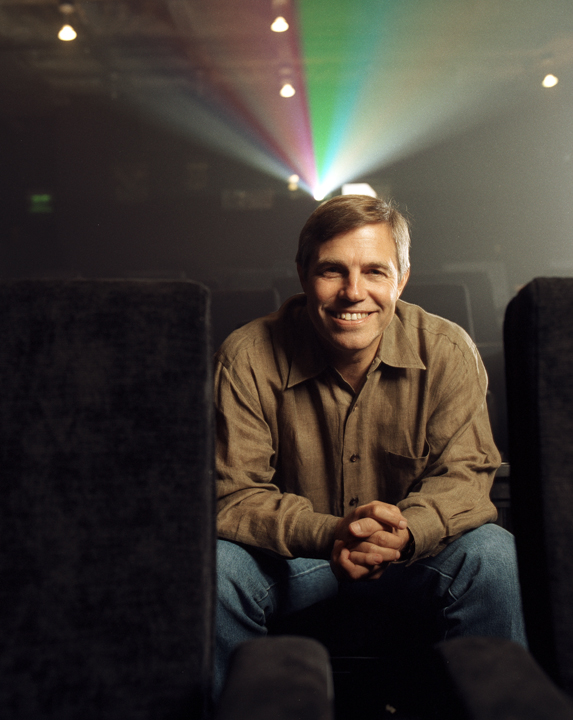
3. Ron Underwood – The Adventures of Pluto Nash (2002)
It’s truly peculiar and often heartbreaking to witness the profound and immediate impact a monumental flop can have on a director’s career. Before its infamous downfall, Ron Underwood was a director celebrated for his ability to craft both thrilling and genuinely funny cinema. He achieved widespread success with the very successful and thrilling monster-comedy ‘Tremors,’ showcasing a knack for unique genre blending. He then further displayed his impressive versatility with the hilarious and heartwarming ‘City Slickers.’
Both ‘Tremors’ and ‘City Slickers’ were not just critically acclaimed but also commercially successful, making Ron Underwood a sought-after talent in Hollywood. Producers were eager to work with him, and his name was on everyone’s speed dial, signifying a director with a Midas touch. This period of widespread success and industry confidence set the stage for what many believed would be his next big hit: ‘The Adventures Of Pluto Nash,’ a grand $100 million dollar sci-fi comedy starring the always bankable Eddie Murphy.
The reality, however, was a brutal and unexpected blow. ‘The Adventures Of Pluto Nash’ became an almost legendary disaster, a film so poorly received and attended that it could only muster a paltry $7 million at the box office. For the most part, the movie played to “empty theatres,” a stark visual metaphor for its utter failure to connect with audiences. This catastrophic performance cost Underwood dearly, marking the abrupt and tragic end of what had been a very successful and promising career.
Following the unmitigated failure of ‘The Adventures Of Pluto Nash,’ Ron Underwood’s directorial career effectively ceased to exist in the mainstream. He seemingly vanished into a “void and never came back,” his momentum utterly destroyed by one of Hollywood’s most notorious bombs. It’s a sobering reminder that even with proven talent and a major star, one colossal misfire can completely derail a director’s professional life, leaving them on the periphery of an industry they once commanded.

4. Roberto Benigni – Pinocchio (2002)
Imagine the stark, almost surreal contrast between a film like ‘Life is Beautiful’ and then the absolute trainwreck that was ‘Pinocchio.’ Roberto Benigni directed both of these movies, yet they couldn’t have been any more different from each other in terms of critical and commercial reception. It begs the question: how can someone, after directing a movie as profoundly amazing and universally lauded as ‘Life is Beautiful,’ go so spectacularly wrong?
Benigni’s ‘Life is Beautiful’ wasn’t just applauded; it was a phenomenon. The film earned him three Oscars, including Best Foreign Language Film and Best Actor, placing him firmly on top of the world. He was a celebrated Italian actor and director, admired for his unique blend of pathos and humor. But sometimes, the taste of success, particularly before one has truly pulled their weight, can lead to a sense of invincibility, paving the way for a spectacular fall.
His follow-up, the 2002 adaptation of ‘Pinocchio,’ where Benigni once again served as writer, director, and star, was an “absolute dud.” It was so bad, in fact, that it seemed almost “hilarious” in its awfulness, a cinematic misfire of epic proportions. The film holds the dubious distinction of being one of the few films to ever receive a 0% rating on Rotten Tomatoes, with critics universally lambasting it as “creepy,” “awful,” and “visually atrocious.” His Hollywood career, quite simply, went ‘arrivederci.’
The disastrous reception of ‘Pinocchio’ not only saw Benigni pick up a Worst Actor Razzie but also effectively ended his career as a feature film director. While he has acted in a few movies since, he has not helmed a project of his own. It remains a poignant, almost tragic, footnote in the career of a truly gifted artist, leaving fans to hope he might one day direct something as beautiful and impactful as ‘Life Is Beautiful’ once more.
Read more about: Your Brain Will Thank You: 15 Movies So Bad You’ll Wish You Could Unsee Them
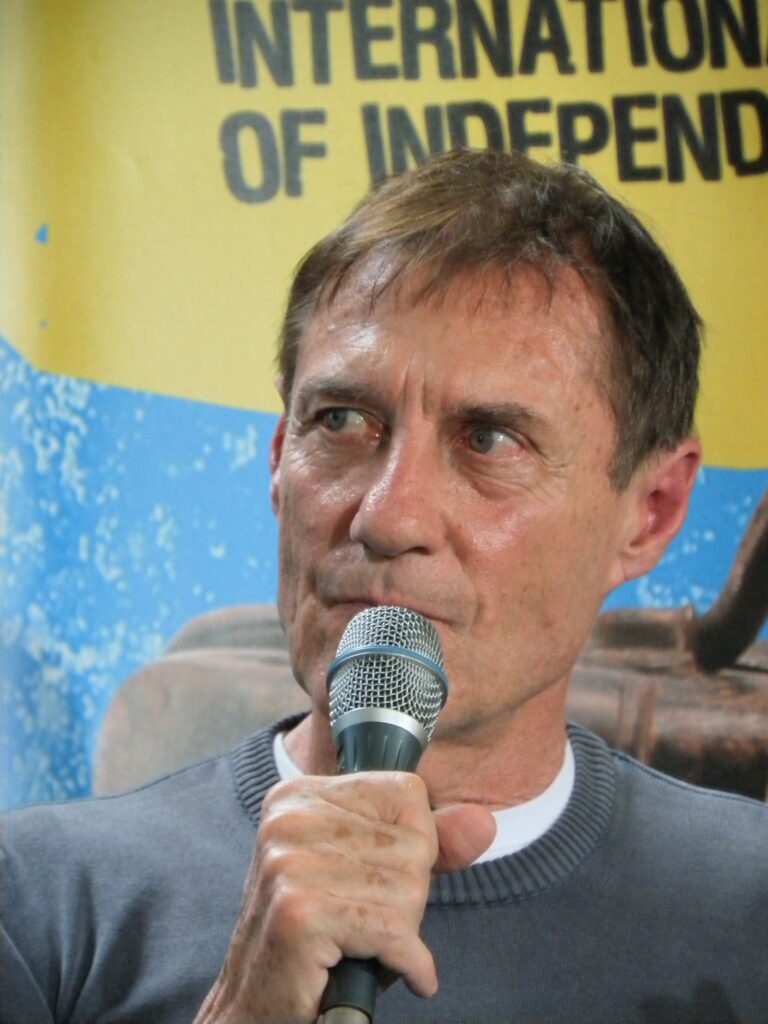
5. Roland Joffé – The Scarlet Letter (1995)
Roland Joffé’s career trajectory is a classic example of the adage: “When your first film itself gets seven Oscar nominations, you either die as a hero or you live long enough to become a villain.” Joffé began his directorial journey in television in his native Britain before making a spectacular transition to feature films. His initial struggle fetched him immense rewards with his first two movies, ‘The Killing Fields’ (1984) and ‘The Mission’ (1986). Both were critical darlings and commercial successes, sweeping awards seasons and captivating critics with their profound narratives and stellar visuals.
Following these triumphs, Joffé entered a more turbulent period in the 1990s, marked by a series of “mediocre movies” like ‘Shadow Makers’ (1989) and ‘City of Joy’ (1991). While these were strong efforts in retrospect, they didn’t capture the world’s imagination in the same way. Then came an even more questionable decision: the “vile attempt of adapting Super Mario on-screen,” a misfire that further chipped away at his once unassailable reputation. Yet, the true nadir was still to come.
The final nail in the coffin arrived with ‘The Scarlet Letter’ (1995). An adaptation of Nathaniel Hawthorne’s classic morality tale, armed with a healthy budget and an A-list cast including Gary Oldman and Robert Duvall, it seemed like a surefire awards contender. However, the film “mussed up the opportunity” by boiling down its complex material into a “paperback ‘bodice ripper’ full of cheesy slow-mo love scenes and New Age retrospect” misplaced in the Puritan era. It was a shallow affair that felt beneath the talent involved, and it “bagged almost all the Razzie awards.” No culprit felt more guilty than Joffé himself, and as the film “died a painful death at the box office, so did a major chunk of respect for Joffé’s ability behind the camera.”
Regardless of the monumental failure, Joffé “never stopped working,” but his post-flop efforts often made him feel like a “bandwagon chaser.” Films like the flat neo-noir ‘Goodbye Lover’ (1998), the formulaic Miramax award fodder ‘Vatel’ (2000), and the weak ‘survival horror’ attempt ‘Captivity’ (2007) only furthered his decline. While he has made several more films and TV assignments since, most critics are “hard pressed to remember or let alone care” about them. The damage from ‘The Scarlet Letter’ was done, irrevocably altering his status from a celebrated auteur to a director struggling for relevance.
Read more about: Seriously, What Were They Thinking?! These 14 Book-to-Movie Adaptations Are the Absolute Worst

6. Michael Powell – Peeping Tom (1960)
Michael Powell was undeniably a very promising director, a filmmaker whose journey began with a struggling start, serving as an assistant director for some 6-7 years before finally helming his first feature. Yet, his perseverance paid off, leading him to direct some truly brilliant movies such as ’49th Parallel’ and the universally acclaimed ‘The Red Shoes.’ He was a visionary who had a knack for crafting visually stunning and emotionally resonant cinema, carving out a significant niche in British film.
The sad and tragically ironic part of Powell’s journey is that what many now consider his best work ultimately ruined his career. He decided to try his hands on the horror genre with ‘Peeping Tom,’ a film that, despite its chilling subject matter, was a “very thrilling feature” and a genuinely “good attempt at horror that had something different to offer.” It was a bold, groundbreaking film that delved into the psychology of a serial killer in a way that was unprecedented for its time.
However, the world, it seems, was simply “still not ready for a film like ‘Peeping Tom’” in 1960. The film received a “huge backlash from the critics,” who were repulsed by its dark themes and unsettling premise, condemning it as depraved. Compounding the critical excoriation, the movie also “failed at the box office,” leading to a complete and utter rejection by both the industry and the public.
This devastating reception effectively ended Michael Powell’s directorial career. The immense criticism and commercial failure caused him to be ostracized by the very industry he had once enriched. It’s a tragic tale, as many cinephiles now laud ‘Peeping Tom’ as a masterpiece, a film far ahead of its time. If only people “had realised his brilliance then, it would not have ruined a promising career,” leaving us to ponder what other cinematic marvels he might have created.
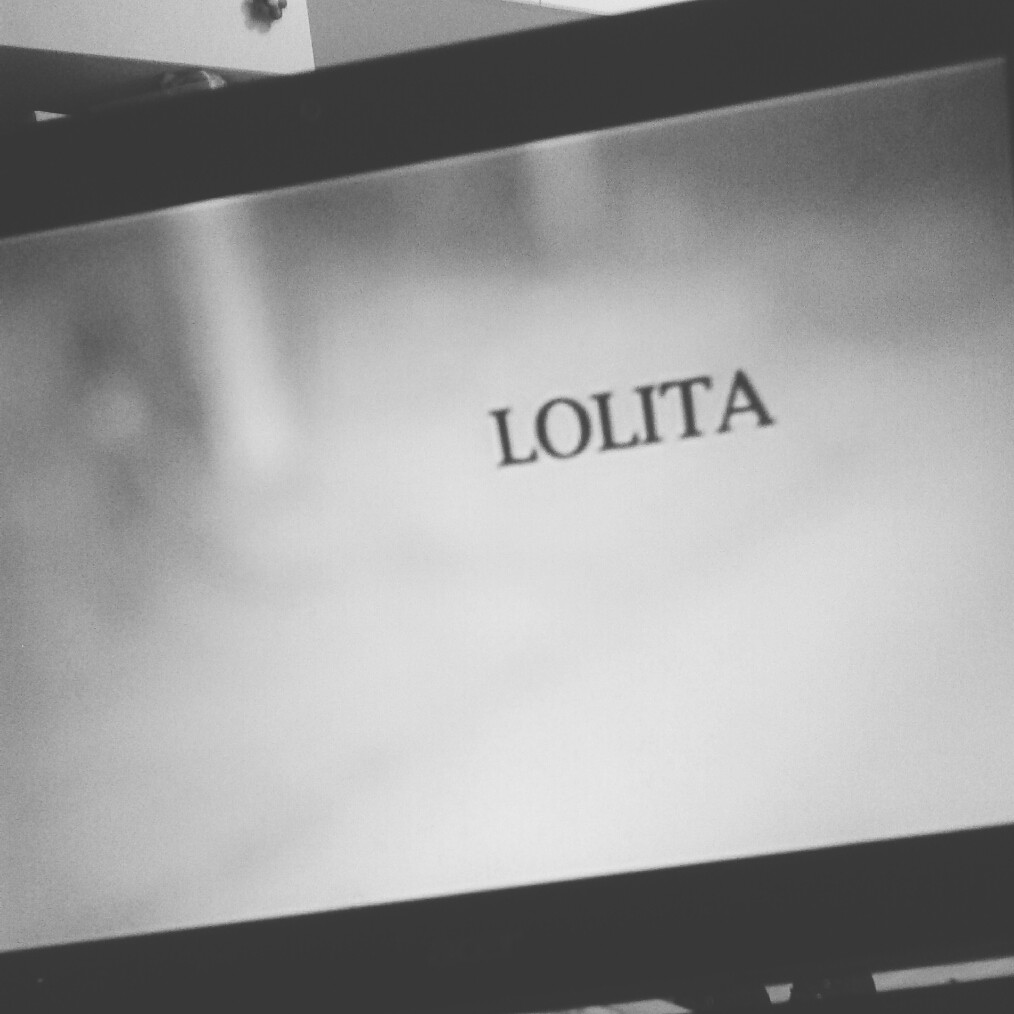
7. Adrian Lyne – Lolita (1997)
Adrian Lyne was a directorial sensation in the mid-80s, striking gold with “Flashdance” (1983) and defining an era with visually slick, synth-heavy spectacles. His ability to handle adult themes with both class and compelling storytelling became his hallmark, making him a sought-after talent in Hollywood.
His filmography shone with hits like “9 1/2 Weeks” (1986), “Fatal Attraction” (1987), and “Indecent Proposal” (1993), films lauded for their show-stopping performances and signature visual quality. Even his more personal, nightmarish project, “Jacob’s Ladder” (1990), despite a quiet box office, garnered unanimous critical praise, solidifying his reputation as a master filmmaker.
Lyne, never one to shy from challenging material, next tackled Vladimir Nabokov’s seminal novel “Lolita.” This story of a troubled writer and an underage girl had a controversial history, with Stanley Kubrick’s 1962 adaptation implying rather than showing overt uality. Lyne, however, aimed for a bolder path, intending to fully explore the racier aspects as a doomed romance.
Despite strong performances from Jeremy Irons and Dominique Swain, Lyne’s “Lolita” paled in comparison to Kubrick’s version. More crucially, the film’s provocative subject matter, particularly its central theme of child molestation, severely restricted its American distribution. When it finally secured a limited release, the film “bombed dramatically,” leaving an undeniable “taint on Lyne’s career.”
The fallout from “Lolita” effectively stalled Lyne’s career, especially in the US, where his name no longer commanded top-tier projects. After a five-year hiatus, he made “Unfaithful” (2002), a warmly received thriller that was nonetheless “soon forgotten.” As the genre he excelled in faded from popularity, Lyne hasn’t directed a feature film since, a poignant end to a once-vibrant career.
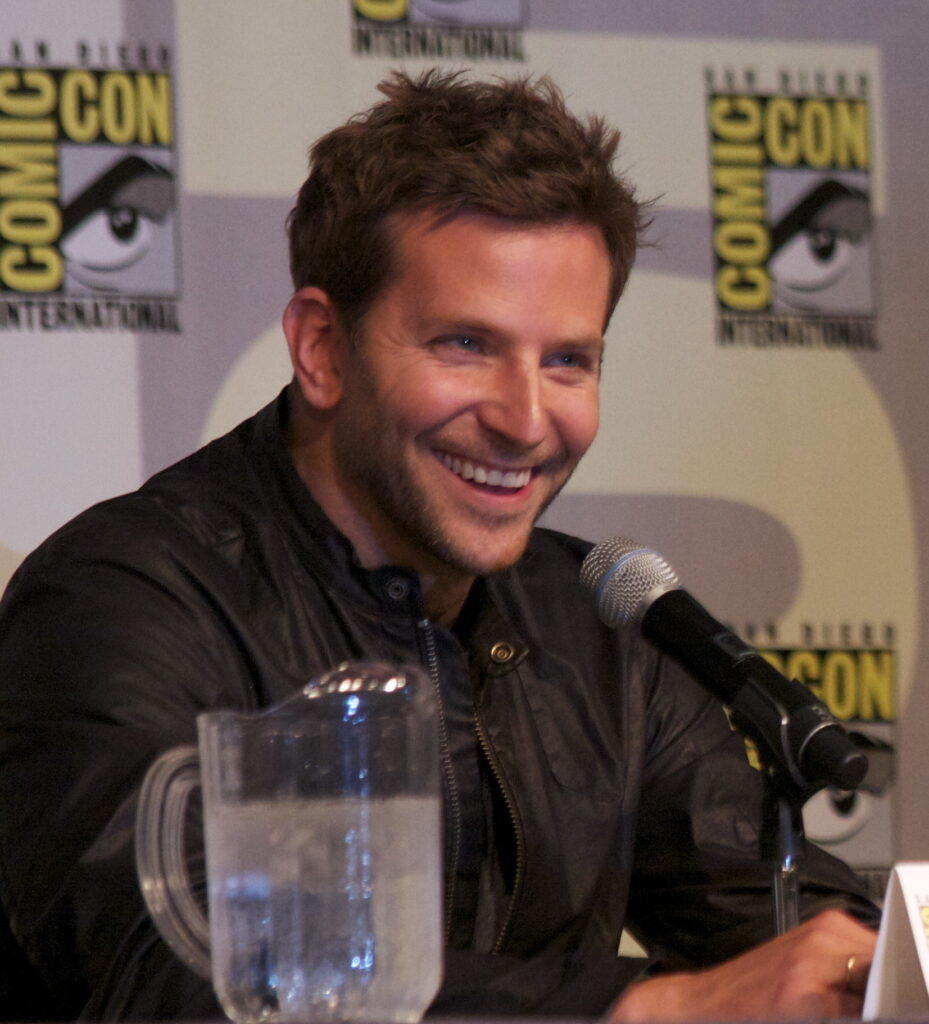
8. Alex Proyas – Gods of Egypt (2016)
Alex Proyas, the Greek/Australian director, had meticulously built a reputation for infusing blockbusters with unique flair. His debut, “The Crow” (1994), overcame tragic production issues to become a dark, edgy, and visually stunning success, establishing him as a confident new voice.
He followed this with “Dark City” (1998), an impressive blend of German Expressionism and sci-fi pulp that quickly became a cult classic. Though he later diluted his style for “I, Robot” (2004) and “Knowing” (2009), these profitable star vehicles elevated his status, seemingly paving his way to Hollywood’s A-list.
After almost a decade of developing unfulfilled projects, Proyas finally began “Gods of Egypt” (2016), an ambitious and expensive fantasy based on ancient myths. However, the film faced immediate backlash for its controversial “whitewashing” casting, with “Scottish actor Gerard Butler and Danish actor Nikolaj Coster-Waldau” portraying Egyptian royalty, alienating the public before its release.
The film’s eventual arrival confirmed fears, proving “just plain terrible” according to critics. It was lambasted for its “painful CGI,” “horrible dialogue,” and “even worse performances,” a shallow spectacle that bastardized ancient lore. Although it “barely broke even,” its critical and cultural rejection was absolute.
Proyas compounded the failure with a lengthy Facebook rant post-release, vehemently attacking “deranged” modern film critics. He branded them “less than worthless” and “diseased vultures,” stubbornly refusing to accept the film’s evident flaws. This public outburst created a PR nightmare, leaving an uncertain shadow over his future reputation and potentially making studios “think twice before hiring him.”
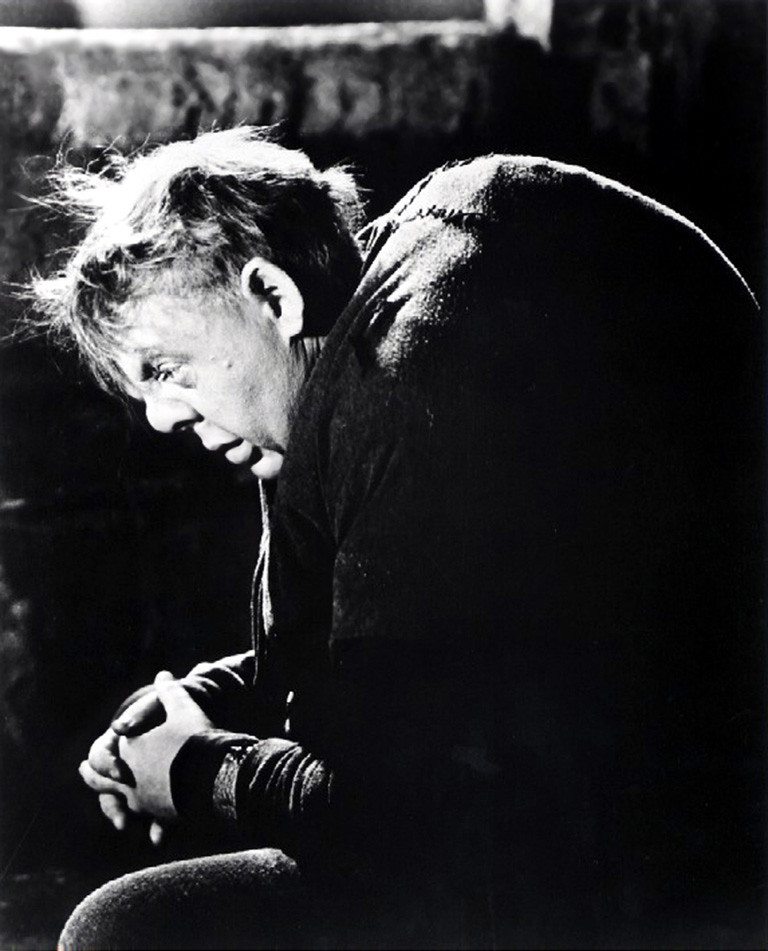
9. Charles Laughton – Night of the Hunter (1955)
Charles Laughton was a revered talent, dominating the British stage before his impactful Hollywood transition in the 1930s. He delivered iconic cinematic performances in “Mutiny on the Bounty” (1935) and “The Hunchback of Notre Dame” (1939), working with giants like Hitchcock and Kubrick. His acting prowess was legendary, even inspiring Daniel Day-Lewis.
Coupled with years of stage directing experience, Laughton appeared perfectly positioned for a successful move into film direction in the mid-1950s. The industry eagerly awaited what a talent of his caliber, with such a profound understanding of performance and narrative, would bring to the director’s chair.
His sole directorial effort was “The Night of the Hunter” (1955), a landmark noir thriller starring Robert Mitchum as a chilling homicidal preacher. Now, it’s celebrated as one of the greatest films of its decade, with Cahiers du Cinema even ranking it the second greatest of all time in 2008 — a true classic for its atmospheric darkness and unsettling themes.
However, at its release, “The Night of the Hunter” was a “costly financial and critical failure.” Critics were repulsed by a respected actor delving into an “offbeat genre flick with horror overtones,” featuring “despicable characters” and an “unrelentlessly dark mood.” The very elements now praised were precisely why it was initially rejected.
Laughton was deeply pained by the film’s disastrous reception, abandoning his directorial ambitions “to never return.” His career as a director ended with his first, and only, film. He reverted to acting, with many critics of the time “forgetting that he had even attempted directing.” It’s a tragic irony that his masterpiece ruined his directing path, only to be celebrated decades too late.
Read more about: Robert Mitchum: The Unflinching Gaze of a Noir Icon’s Life and Legacy
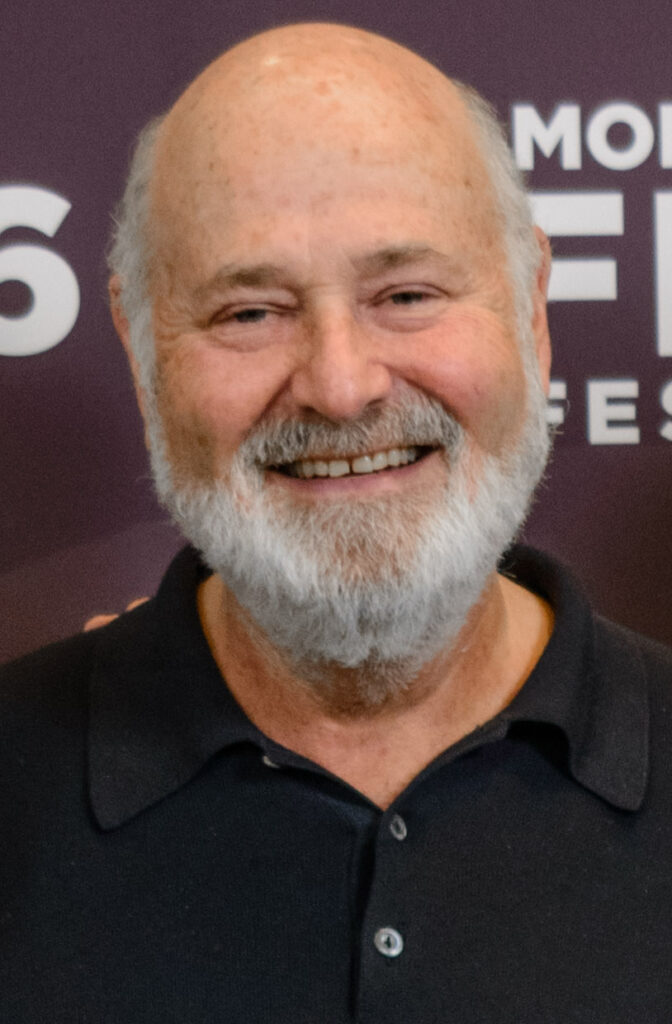
10. Rob Reiner – North (1994)
For over a decade, Rob Reiner reigned as a Hollywood heavyweight, launching his illustrious career with “The Spinal Tap.” He quickly earned worldwide acclaim for beloved classics like “When Harry Met Sally” and “A Few Good Men,” films propelled to success by Reiner’s “expert directing hand.”
This consistent string of critical and commercial hits cemented his status in the “elite directors club.” Reiner’s name became synonymous with quality, making him a director whose next project was eagerly anticipated by both the industry and an adoring public, seemingly destined for continued triumphs.
Yet, all his carefully built reputation abruptly “came crashing down” with his 1994 production, “North.” This cinematic misfire, famously featuring Bruce Willis in a bunny suit, was a catastrophic critical and commercial failure. Critics “raked a lot of Razzie and criticisms” upon its release, finding its only redeeming quality to be its “good-looking cast.”
The devastating impact of “North” was immediate and long-lasting. Since its release, Rob Reiner’s career has been plagued by a “dismal run at the box office,” with “The Bucket List” standing as a rare exception among his productions. The confidence Hollywood once placed in his directorial prowess largely evaporated, leaving a once-unassailable filmmaker struggling for relevance.

11. John Carpenter – Ghosts of Mars (2001)
John Carpenter, a revered master of cult classics, burst onto the scene with “Dark Star,” a bootstrap-budgeted film that became a huge success. This triumph led to a remarkable string of smash hits, including “Assault on Precinct 13,” “The Fog,” and the wild “Escape from New York,” quickly establishing him as a genre icon.
His filmography proudly showcases other great works like “The Thing” and “Christine,” solidifying his unique voice in suspense and horror. However, a “string of mediocrity” began to creep in with “Escape from L.A,” “In the Mouth of Madness,” and “Vampires,” hinting at a decline in his consistent brilliance and testing the patience of even loyal fans.
The ultimate low point arrived with his 2001 film, “Ghosts of Mars.” This project was an unmitigated disaster, described starkly in the context: “it couldn’t have been any worse. Every aspect of the movie sucked and it sucked big time.” It represented a dramatic departure from the quality and coherence audiences had come to expect from the acclaimed director, becoming a symbol of profound cinematic failure.
The catastrophic reception of “Ghosts of Mars” effectively forced John Carpenter into a “semi retirement” from mainstream feature filmmaking. While a recent episode of “Master of Horrors” suggested he still possesses “some charisma left,” the film largely sidelined him from the industry. It stands as a stark, cautionary tale: even iconic directors are vulnerable to a single, devastating misstep.

12. Michael Cimino – Heaven’s Gate (1980)
Michael Cimino, a director of considerable talent, captured global attention with “The Deer Hunter.” This film was a resounding success, earning both critical acclaim and a magnificent box office run. It achieved the rare and significant feat of winning five Academy Awards, including Best Director and Best Picture, establishing Cimino at Hollywood’s zenith.
His triumph granted him immense creative freedom and industry trust, positioning him as a visionary capable of both artistic depth and commercial appeal. Expectations for his next project were sky-high, given his monumental prior success and the perceived invincibility that came with it.
However, his follow-up, “Heaven’s Gate” (1980), proved to be a catastrophic miscalculation that “crashed everything that Cimino had built.” The film’s infamous production was rife with “animosity,” mirroring its on-screen conflict, and its budget ballooned “way above the limit to $44 million.” This monumental overspending resulted in a paltry “$3 million” at the box office, making it one of history’s biggest financial bombs.
“Heaven’s Gate” became a PR nightmare, plagued by issues like budget overruns, endless retakes, and controversies including animal abuse, with much blame falling on Cimino’s “volatile personality.” He received a Razzie for Worst Director. The film’s spectacular failure irrevocably tarnished his reputation, ensuring the “love lost between Michael Cimino and audience never resuscitated.”
Cimino “never again reached the rarified heights of his pre-‘Heaven’s Gate’ fame,” marking the “demise of Cimino as one of Hollywood’s ‘great’ filmmakers.” This film cemented his legacy as a director whose career was tragically derailed by a single, colossal misstep, an enduring cautionary tale of unchecked ambition in an unforgiving industry.
The stories we’ve explored serve as potent reminders of Hollywood’s sheer volatility, where the line between triumph and oblivion is often razor-thin. For every ‘Rocky’ that launches a career, there’s a ‘Heaven’s Gate’ waiting to send another crashing down. These directors, once celebrated and sought-after, found their professional trajectories irrevocably altered by a single roll of the cinematic dice. It’s a brutal, unforgiving reality that underscores the immense pressure and risk inherent in helming a major motion picture, proving that even the most brilliant minds are not immune to the crushing weight of a box office flop. Their legacies, while perhaps complicated by these missteps, continue to provoke debate and reflection on the precarious nature of creative ambition in the spotlight.


